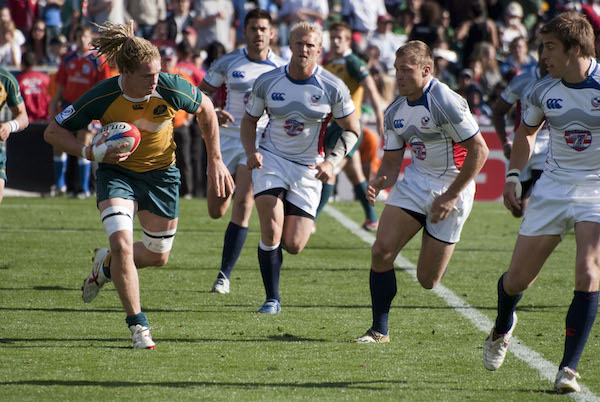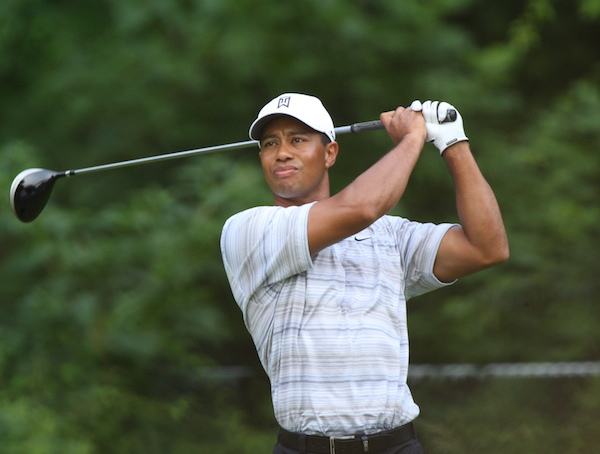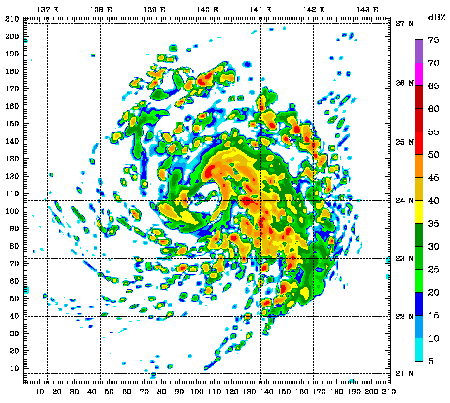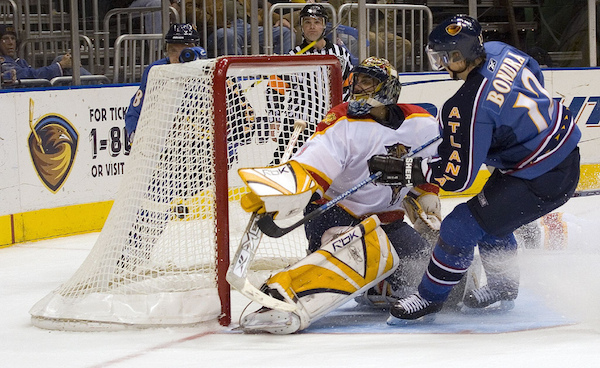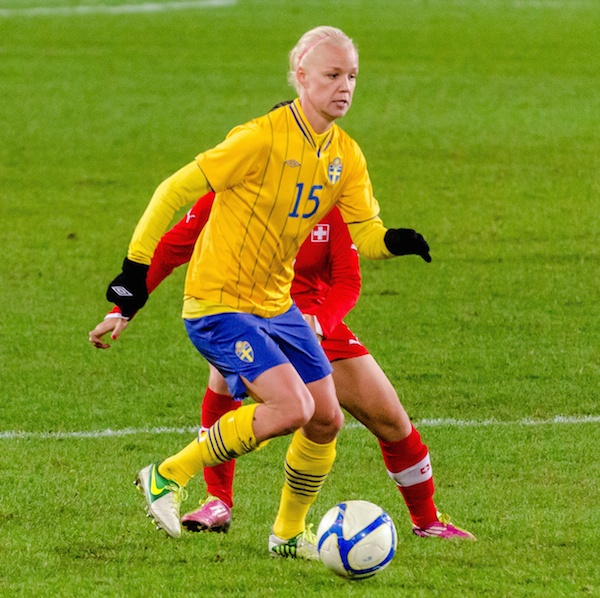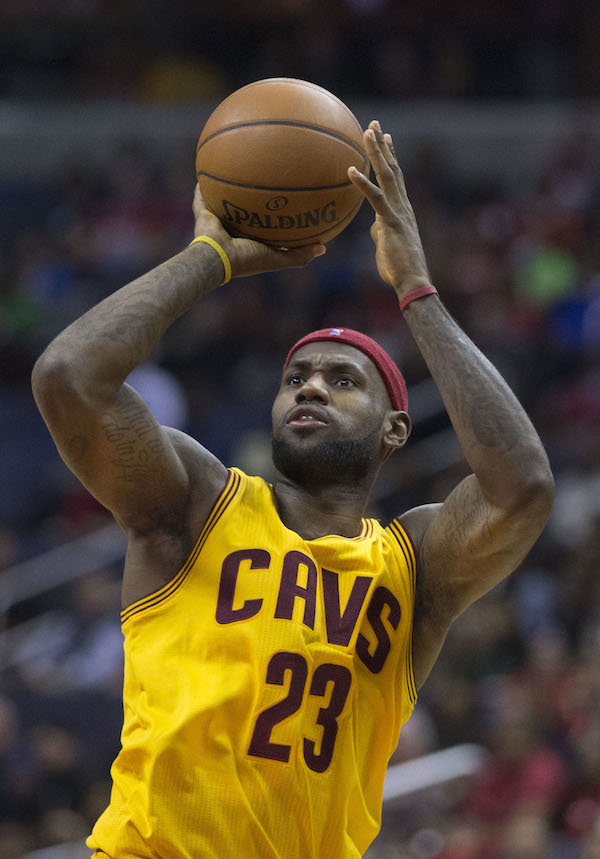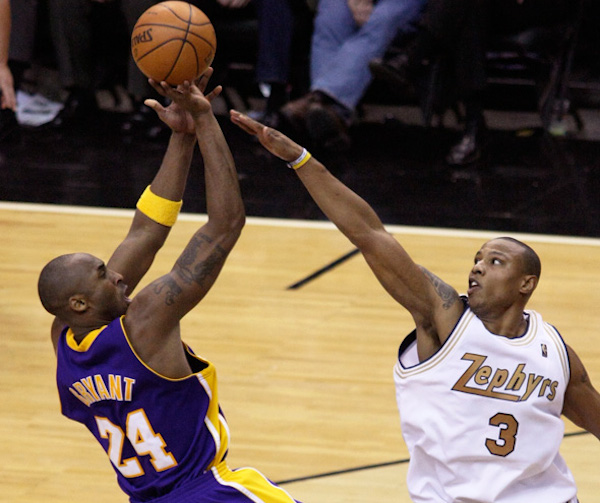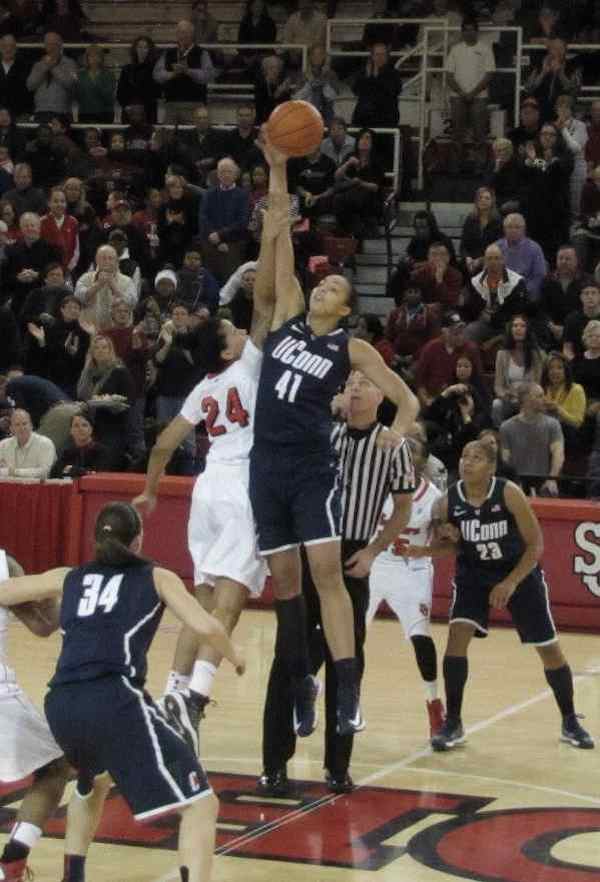In 2015 Dear Sports Fan will be previewing the biggest sporting event of the year in each of the 50 states in the United States plus the district of Columbia. Follow along with us on our interactive 2015 US.
Nevada — USA Sevens Rugby World Series
Rugby — February 13-15, 2015 — on NBC, NBC Sports Network, and Universal Sport.
You know rugby, right? It’s like American football but the players don’t wear pads and you’re only allowed to pass the ball backwards. Also, play doesn’t really stop all the time like it does in football — it’s more of a fluid game, like soccer or basketball or hockey. It’s played mostly by crazy people from Australia and New Zealand. Well, rugby sevens is an exciting version of rugby played with half the number of people on the exact same size field. By reducing the number of players without changing the size of the field, rugby sevens play becomes way faster and higher scoring than it’s full-size counterpart. The sport is growing quickly and will be a medal-sport for the first time in the 2016 Olympics in Brazil. One of the sport’s biggest organized leagues is a series of nine international tournaments played over the course of a year. This weekend, one of the nine tournaments will be hosted in Nevada at Sam Boyd Stadium in Las Vegas. It’s the only one of the nine held in the United States.
Rugby Sevens has an interesting history. Many people believe it is the future of rugby but that doesn’t mean it is a recent invention. It’s current popularity could be said to have started in 1973 when the first international rugby sevens tournament was held as part of the sport’s 100 year birthday celebration. That’s right, the sport began in the late 1800s in Scotland! Over most of its history, it’s been thought of primarily a training ground for players to develop skills that they could use in traditional rugby. Today, this is less true than ever. Sevens is different enough and popular enough that few players cross from one sport to the other.
For a beginner viewer, the sport has some real advantages. It’s simpler to follow than the fifteen person version and it’s very, very fast. A game consists of two seven minute halves with only a one minute halftime break. In the time it takes to watch one quarter of American football, you could watch two whole games of Rugby Sevens. The championship match is a little longer, but even that is only two ten minute halves separated by a two minute half-time. There’s enough hitting to make you feel like you’re watching an extreme sport but surprisingly little of the disgusting bone/ligament/brain injuries that make watching football tough these days. Give it a try!
What’s the plot?
The stakes for this year’s Sevens World Series are high. The top four teams receive automatic qualification into the 2016 Olympics. Countries that don’t get these spots will still be able to get a spot in the Olympics by doing well in regional international tournaments or, failing that, another global qualification tournament. Still, this is the first chance to qualify and it’s a prized one. After four tournaments, South Africa is a surprise first place team, followed closely by New Zealand (which has won 12 of the 15 championships ever), Fiji, and Australia. Australia is trailed closely by the England team who are only two points behind them. The United States is in eighth place. For our team, that’s actually a pretty good showing so far. They’ve never finished better than 10th in a Rugby Sevens World Series. The United States is not a traditional rugby power-house by any means but a good effort in this tournament at home would give them confidence going into the other opportunities to qualify for the Olympics.
The tournament works a little bit like the soccer World Cup. It begins with a round-robin group stage composed of groups of four teams each. Teams play three games in the group stage, one against each of the others in their group, and receive three points for a win, two for a tie, and one for just showing up. At the end of the group stage, the top two teams advance to the next round. The next round begins with eight teams that play single elimination games. Then there are four and finally two left who play for the championship. In this tournament, the groups are as follows:
- Group A: New Zealand, Fiji, Wales, Samoa
- Group B: England, Kenya, Argentina, Canada
- Group C: South Africa, USA, Portugal, Japan
- Group D: Scotland, Australia, France, Brazil
If you want to follow the United States team, they’ll be playing Japan at 7:22 p.m. ET and Portugal at 10:18 p.m. ET on Friday, February 13 on Universal Sports and South Africa at 3:40 p.m. ET on Saturday, February 14 on NBC. The elimination rounds will also be televised and hopefully the USA will be playing in them. NBC has coverage on Sunday, February 15 from 3 to 4:30 p.m. ET when NBC Sports Network takes over.
Who are the characters?
Carlin Isles — Isles is the star of the USA men’s Eagles Seven. He’s also representative of how the United States hopes to become a power in this sport — by stealing athletes from other sports. Isles was primarily a sprinter until just a few years ago when he gave up his dream (and a very reasonable dream, it was) of qualifying for the Olympics as a sprinter. Instead, he got interested in rugby and quickly became an extraordinary member of the USA team. With the inclusion of the sport into the 2016 Olympics, he may get his shot after all, just in a different sport than he expected. Rugby players are fast but virtually none of them are as fast as Isles. Once he gets even an inch of space on the field, it’s hard for anyone to keep up with him and no one is going to catch him.
Here’s a highlight reel of great Carlin Isles plays (it’s got a vaguely NSFW Kanye West music, so be warned). Watch for the shrugs of despair from Isles opponents as he turns the corner on them and they realize he’s just too fast:
Grantland did a short biographical video on Isles that’s also worth working:
The New Zealand All Blacks — I mentioned that New Zealand kind of runs this sport, right? They’ve won almost all the world cups but they’re not in first place this year. They’re called the all blacks because their traditional uniform is, you guessed it, all black, and has been since 1905. In addition to being famous for winning, they’re also famous for performing a Maori Haka dance before each match. Here’s a video of them performing it in the rain before a game last year… shirtless:
Who’s going to win?
Oh, who knows. Probably New Zealand. Maybe South Africa or Australia or Fiji. Possibly France. Or, you know what? How about the United States? Let’s do it!!

